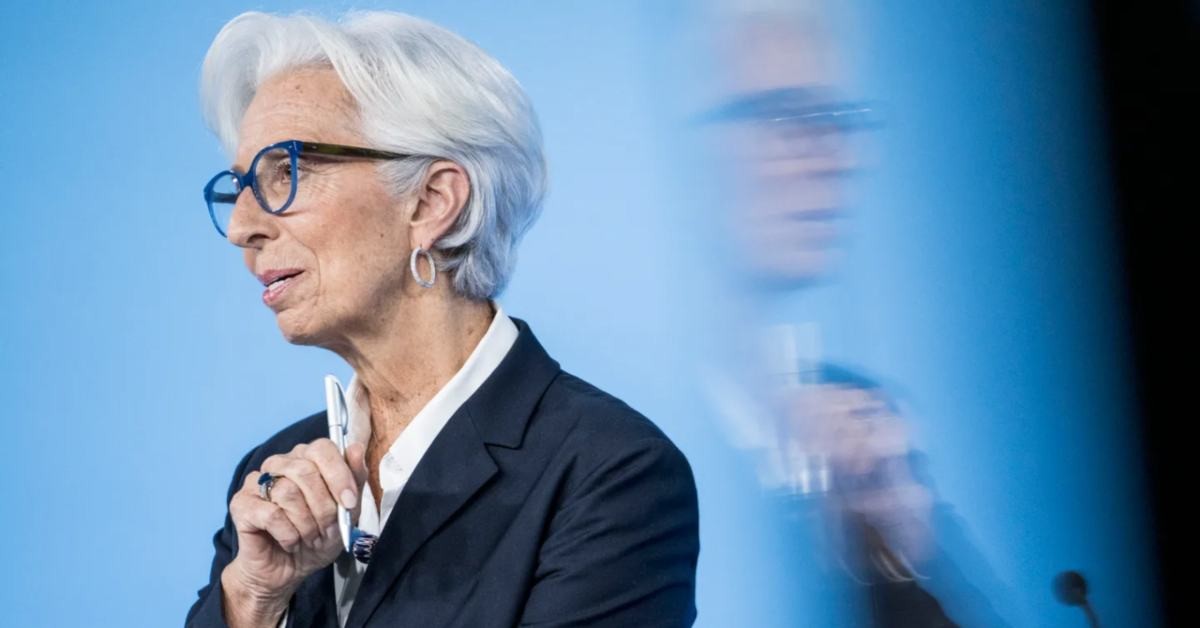How does the ECB's 50 bps rate hike affect the markets?
On Thursday, July 21, the European Central bank increased the rates by 50 bps, which is the first rate hike in 11 years. While estimates were for a 25 bps rates hike, in recent days, expectations for a 50 bps also had increased.
To control the unbridled inflation, ECB raised the rate on its deposit facility by 50 basis points to 0%. Following this decision, the refinancing rate and the marginal lending rate also rose by 50 basis points, respectively, to 0.5% and 0.75%. This rate hike also ended the negative rate period after nine years.
Earlier this week, we saw that European inflation raised by 8.6% in June, in line with UK inflation at 9.4%. Fast increasing inflation in Eurozone and its partner economies prepared the environment that ECB encouraged to act more aggressively.
In this meeting, ECB also announced its new tools, called TPI (Transmission Protection Instrument). Before checking the market reactions, let us review the most important point of the ECB's policy statement via Reuters:
"In line with ECB's strong commitment to its price stability mandate, ECB took further key steps to make sure inflation returns to its 2% target over the medium term."
"ECB judged that it is appropriate to take a larger first step on its policy rate normalization path than signaled at its previous meeting."
"This decision is based on ECB's updated assessment of inflation risks and reinforced support provided by TPI for effective transmission of monetary policy."
"At ECB's upcoming meetings, further normalization of interest rates will be appropriate."
"Frontloading today of exit from negative interest rates allows ECB to transition to a meeting-by-meeting approach to interest rate decisions."
"Future policy rate path will continue to be data-dependent and help to deliver on its 2% inflation target over the medium term."
"ECB assessed that establishment of TPI is necessary to support the effective transmission of monetary policy."
"TPI will be an addition to ECB's toolkit and can be activated to counter unwarranted, disorderly market dynamics that pose a serious threat to the transmission of monetary policy across the euro area."
"Scale of TPI purchases depends on the severity of risks facing policy transmission."
"Purchases are not restricted ex-ante."
"By safeguarding transmission mechanism, TPI will allow ecECB to deliver on its price stability mandate more effectively."
"In any event, flexibility in reinvestments of redemptions coming due in Pandemic Emergency Purchase Programme (PEPP) portfolio remains the first line of defense to counter risks to transmission mechanism related to pandemic."
Market reaction
Euro again decreased against the USD after having spiked above 1.0275 USD. There are two reasons for that. TPI and Lagard's speech.
ECB President Lagarde had somehow cautious comments about the following policies, mentioning that any future decision will depend on market conditions and inflation changes in subsequent months. On the other hand, with ECB's latest tool, the effect of the interest rate increase disappeared. More details about an unlimited bond-buying tool called Transmission Protection Instrument will be out next week, and for any severe reaction in the markets, we have to wait for that and see its amount and scales. So with more information about the TPI, we will know what we should expect, wait for another leg higher or a big downfall.
From the technical point of view, we can see an uptrend tendency; however, in the bigger timeframes, it is still early to talk about trend changing. As you can see below the figure, the OBV trend line is flatting in the H4 chart, signaling weaker bulls after the earlier rally. For now, the still bearish trend remains unchanged. First resistance sitting at 1.0360, and as long as EURUSD is trading under this level, downtrend still is the dominant trend.


















